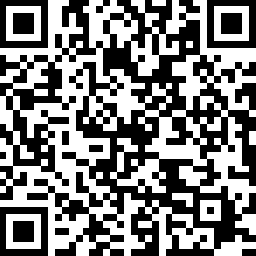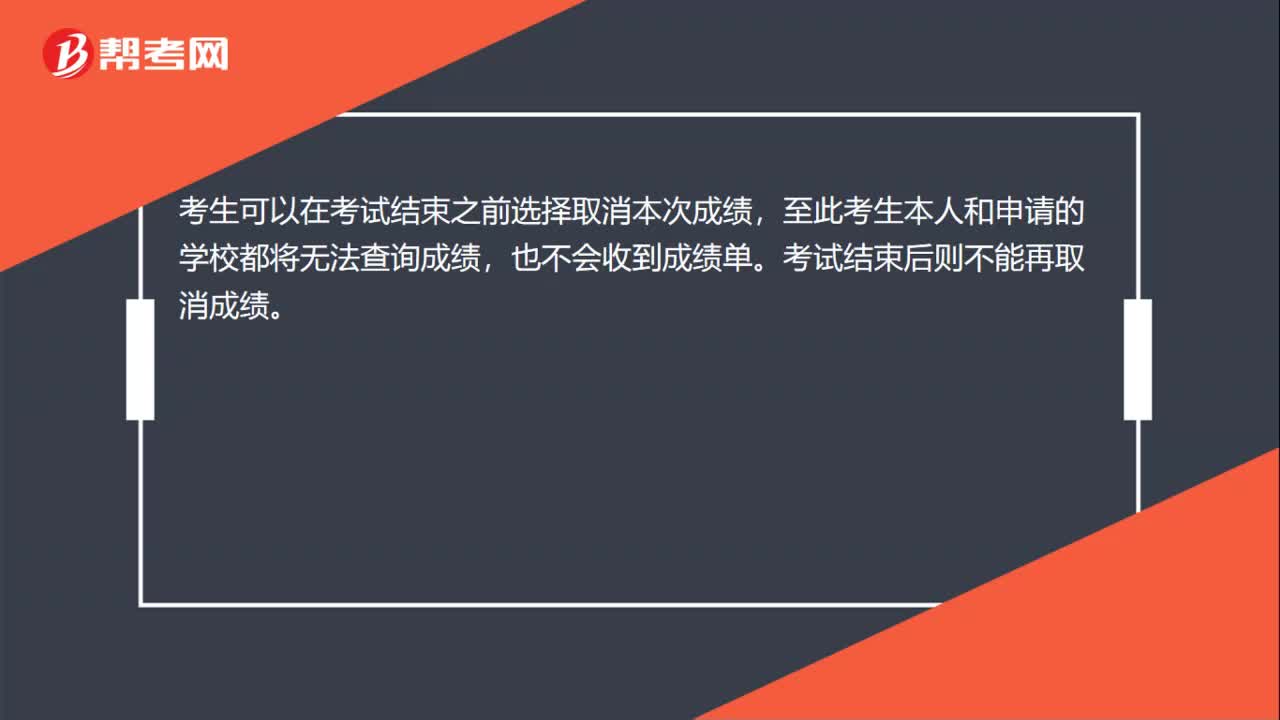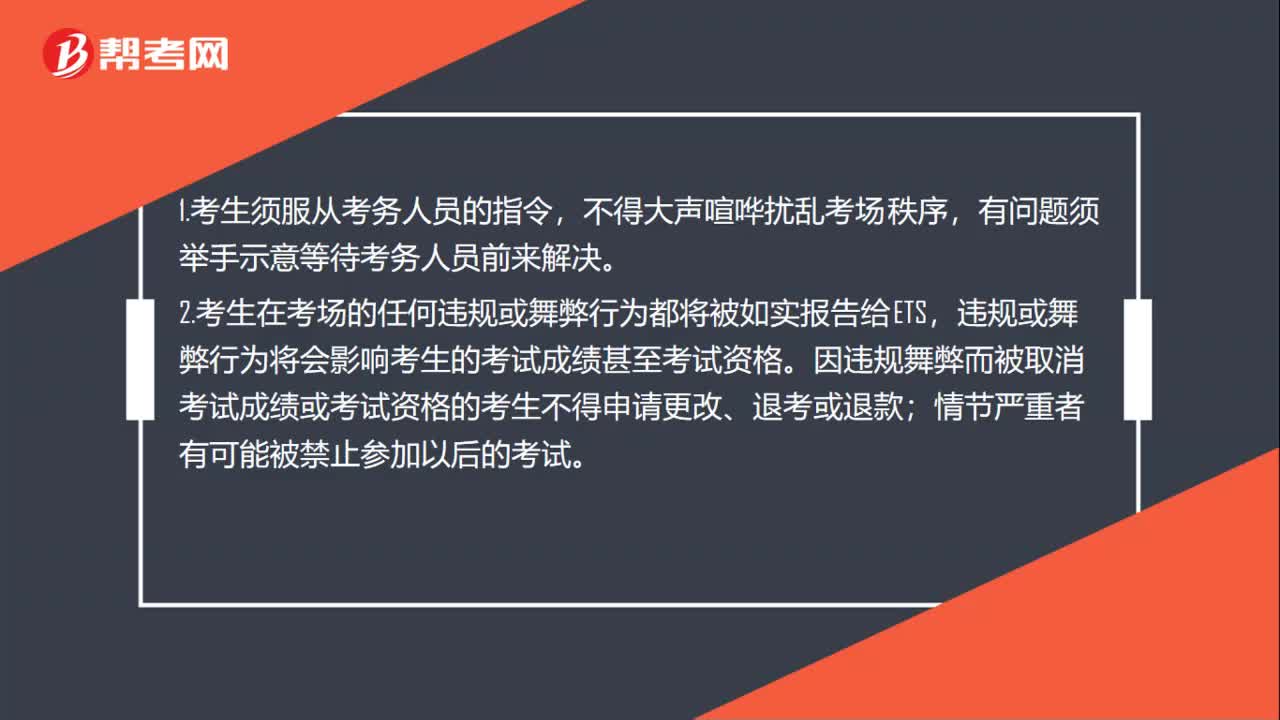
下载亿题库APP
联系电话:400-660-1360

下载亿题库APP
联系电话:400-660-1360

请谨慎保管和记忆你的密码,以免泄露和丢失

请谨慎保管和记忆你的密码,以免泄露和丢失

小伙伴们,托福考试大家复习的怎么样了呢?下面是帮考网分享的一些托福考试阅读部分的复习资料,一起来看看吧!
Archaeological discoveries have led some scholars to believe that the first Mesopotamian inventors of writing may have been a people the later Babylonians called Subarians. According to tradition, they came from the north and moved into Uruk in the south. By about 3100 B.C., they were apparently subjugated in southern Mesopotamia by the Sumerians, whose name became synonymous with the region immediately north of the Persian Gulf, in the fertile lower valleys of the Tigris and Euphrates. Here the Sumerians were already well established by the year 3000 B.C. They had invented bronze, an alloy that could be cast in molds, out of which they made tools and weapons. They lived in cities, and they had begun to acquire and use capital. Perhaps most important, the Sumerians adapted writing (probably from the Subarians) into a flexible tool of communication.
Archaeologists have known about the Sumerians for over 150 years. Archaeologists working at Nineveh in northern Mesopotamia in the mid-nineteenth century found many inscribed clay tablets. Some they could decipher because the language was a Semitic one (Akkadian), on which scholars had already been working for a generation. But other tablets were inscribed in another language that was not Semitic and previously unknown. Because these inscriptions made reference to the king of Sumer and Akkad, a scholar suggested that the new language be called Sumerian.
But it was not until the 1890\'s that archaeologists excavating in city-states well to the south of Nineveh found many thousands of tablets inscribed in Sumerian only. Because the Akkadians thought of Sumerian as a classical language (as ancient Greek and Latin are considered today), they taught it to educated persons and they inscribed vocabulary, translation exercises, and other study aids on tablets. Working from known Akkadian to previously unknown Sumerian, scholars since the 1890\'s have learned how to read the Sumerian language moderately well. Vast quantities of tablets in Sumerian have been unearthed during the intervening years from numerous sites.
1. According to the passage , the inventors of written language in Mesopotamia were probably
the
(A) Babylonians
(B) Subarians
(C) Akkadians
(D) Sumerians
2. The word subjugated in line 4 is closest in meaning to
(A) distinguished
(B) segregated
(C) concentrated
(D) conquered
3. The phrase synonymous with in line 5 is closest in meaning to
(A) equivalent to
(B) important for
(C) respected in
(D) familiar with
4. According to the passage , by the year 3000 B.C. the Sumerians had already done all of the
following EXCEPT:
(A) They had abandoned the area north of the Persian Gulf.
(B) They had established themselves in cities.
(C) They had started to communicate through
(D) They had created bronze tools and weapons.
5. The word some in line 14 refers to
(A) Archaeologists
(B) Sumerians
(C) years
(D) clay tablets
6. Which of the following can be inferred from the passage concerning the Sumerians?
(A) They were descendants of the Persians.
(B) They were the first people to cultivate the valley of the Tigris.
(C) They were accomplished musicians.
(D) They had the beginnings of an economy.
7. According to the passage , when did archaeologists begin to be able to understand tablets
inscribed in Sumerian?
(A) in the early nineteenth century
(B) more than 150 years ago
(C) after the 1890\'s
(D) in the mid-eighteenth century
8. According to the passage , in what way did the Sumerian language resemble ancient Greek and
Latin?
(A) It was invented in Mesopotamia.
(B) It became well established around 3000 B.C.
(C) It became a classical language.
(D) It was used exclusively for business transactions.
9. The word excavating in line 19 is closest in meaning to
(A) living
(B) digging
(C) assembling
(D) building
10. According to the passage , how did archaeologists learn to read the Sumerian language?
(A) by translating the work of the Subarians
(B) by using their knowledge of spoken Semitic languages
(C) by comparing Sumerian to other classical languages
(D) by using their knowledge of Akkadian
PASSAGE 78 BDAAD DCCBD
好了,以上就是今天分享的全部内容了,各位小伙伴根据自己的情况进行查阅,希望本文对各位有所帮助,预祝各位取得满意的成绩,如需了解更多相关内容,请关注帮考网!
 22
22托福考试中能否取消考试成绩?:托福考试中能否取消考试成绩?考生可以在考试结束之前选择取消本次成绩,至此考生本人和申请的学校都将无法查询成绩,也不会收到成绩单。考试结束后则不能再取消成绩。
 32
32托福考试如何计分?:托福考试如何计分?托福考试的四个环节,分数由电脑自动生成和人工评分(经过专业培训的权威人士)两部分组成,确保分数的公平及准确性。只有托福考试采用这种多人评分机制,通过不记名方式,由多名接受过严格培训的考官予以评分,过程经过质量监控,达到高标准的公平性与客观性。
 43
43托福考试的考场规则是什么?:托福考试的考场规则是什么?1.考生须服从考务人员的指令,不得大声喧哗扰乱考场秩序,有问题须举手示意等待考务人员前来解决。2.考生在考场的任何违规或舞弊行为都将被如实报告给ETS,违规或舞弊行为将会影响考生的考试成绩甚至考试资格。因违规舞弊而被取消考试成绩或考试资格的考生不得申请更改、退考或退款;情节严重者有可能被禁止参加以后的考试。